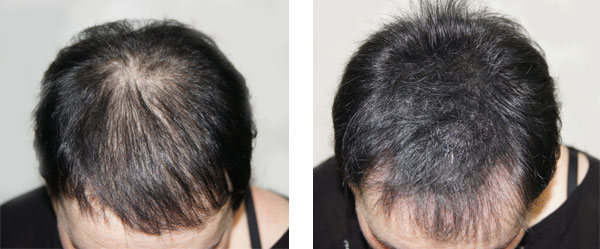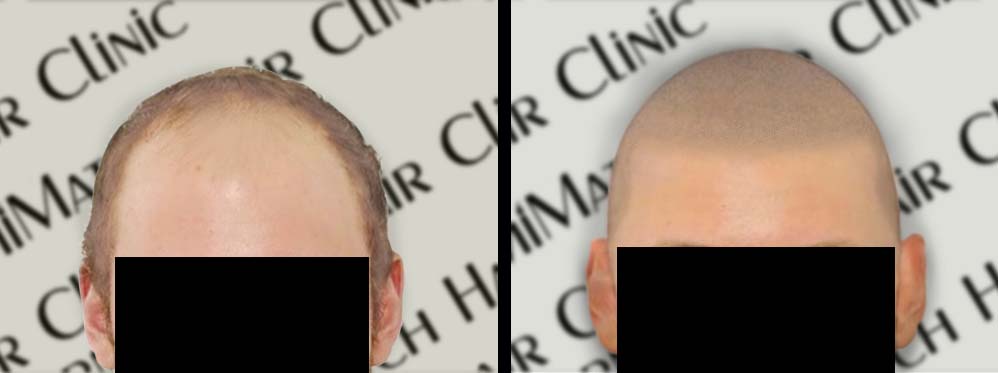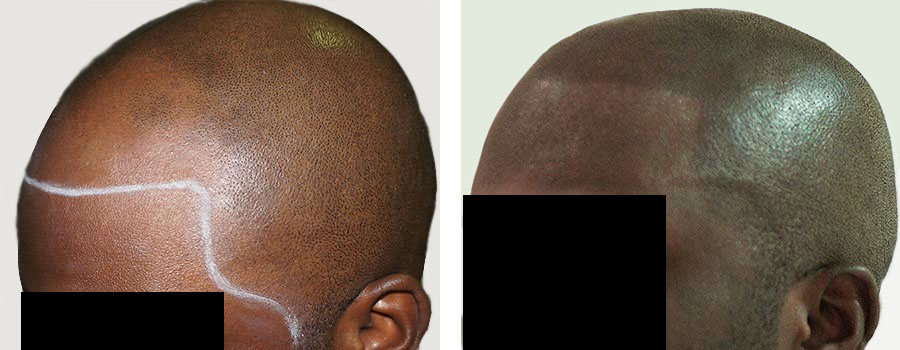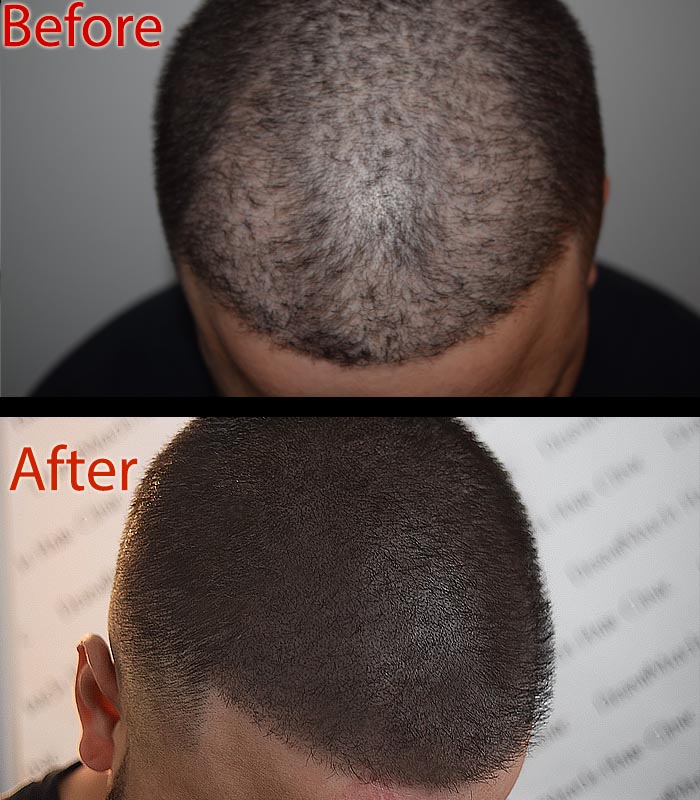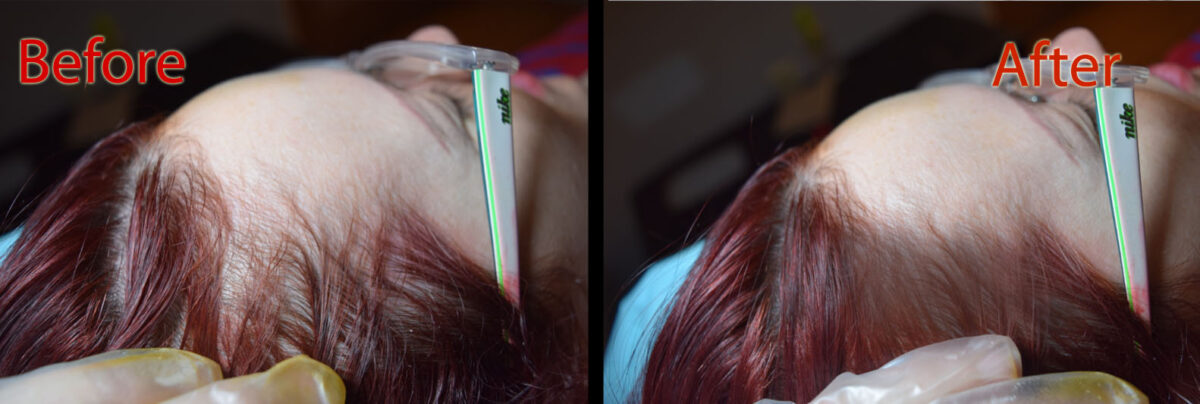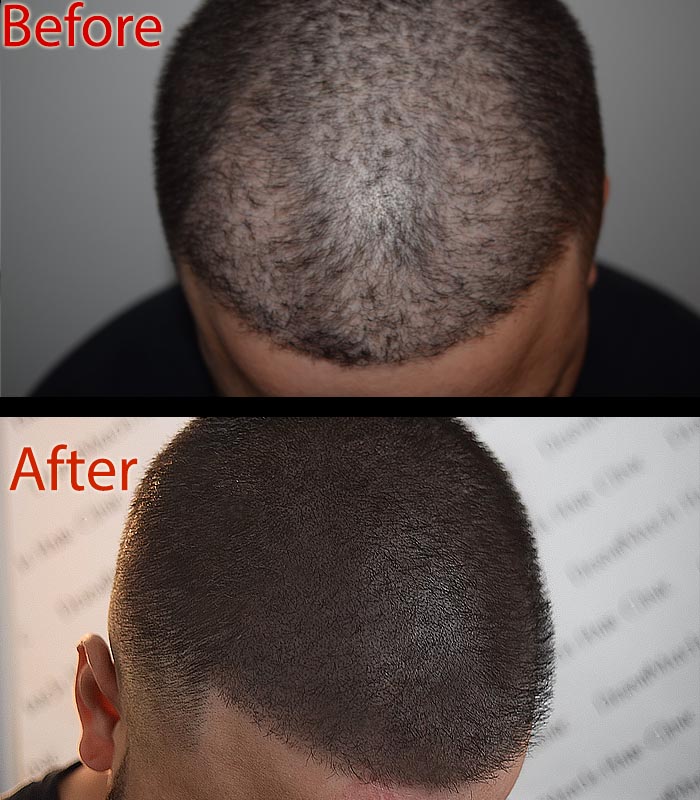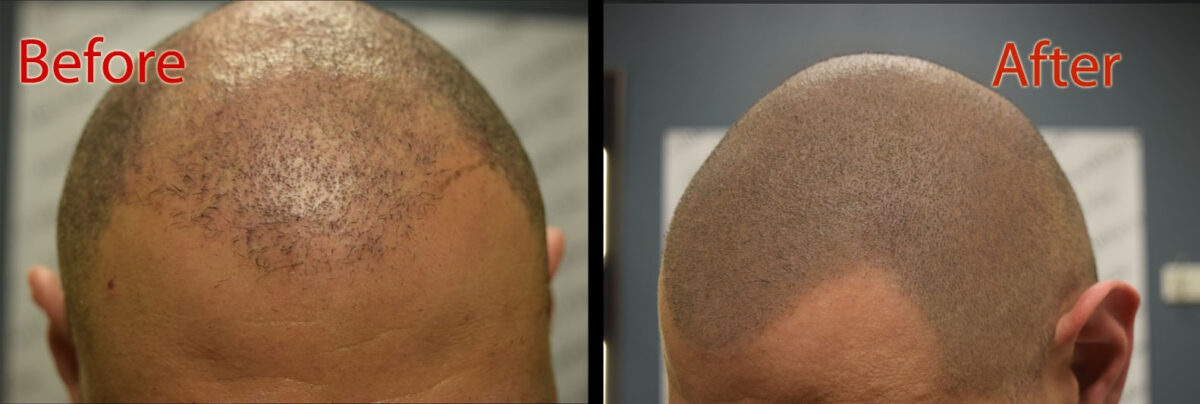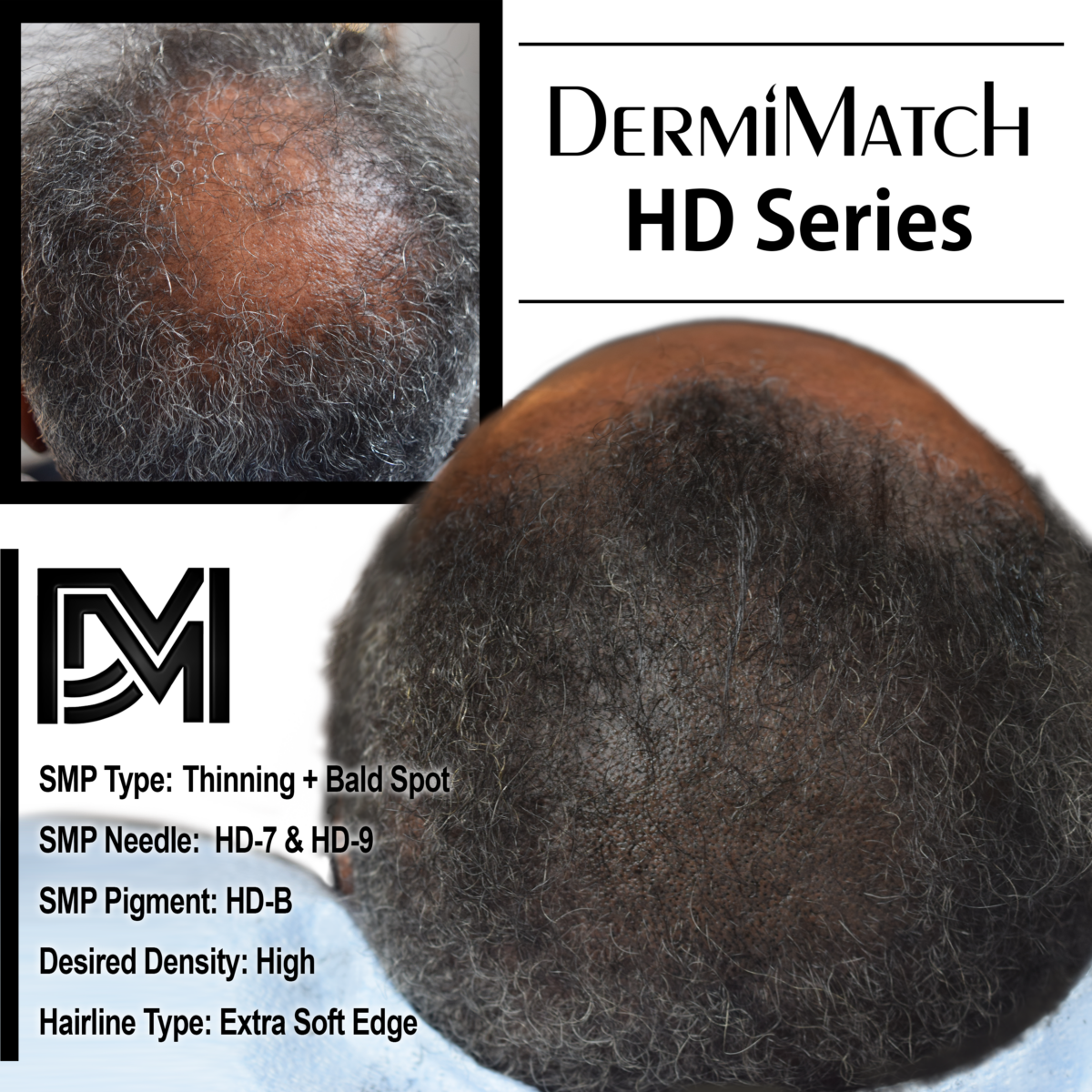Hair loss can be a distressing experience, affecting self-esteem and confidence. While there are various treatments available, many individuals are turning to natural solutions, particularly essential oils for hair loss. No doubt, essential oils have been used for centuries for their therapeutic properties, and research suggests they can be beneficial for hair health.
Understanding Role of Essential Oils for Hair Loss
Hair loss can occur due to a various reasons, including dietary problems, hormonal imbalance, genetics, illness, and stress. It’s essential to understand the root cause of hair loss to choose the right treatment. Essential oils can provide a natural approach to promoting hair growth and improving scalp health.
How Do Essential Oils for Hair Loss Work?
Essential oils are concentrated plant extracts with active compounds that make them potent. When applied to the scalp, natural oil extracts can improve circulation, nourish hair follicles, and balance the scalp’s natural oils.
Additionally, many essential oils possess anti-inflammatory, antifungal, and antibacterial properties, which can enhance overall scalp health.
Rosemary Oil
One of the most studied essential oils for hair growth, rosemary oil is believed to increase blood circulation to the scalp, potentially stimulating hair follicles. A study indicated that rosemary oil may be as effective as minoxidil, a common hair loss treatment.
Lavender Oil
Known for its calming properties, lavender oil also promotes hair growth by enhancing blood circulation. Its antimicrobial properties can help prevent scalp issues that contribute to hair loss.
Peppermint Oil
This invigorating oil increases blood flow to the scalp and has been shown to promote hair growth in animal studies. Its refreshing scent can also uplift mood and reduce stress.
Cedarwood Oil
Cedarwood oil is believed to balance the oil-producing glands in the scalp and promote hair growth. Its antifungal properties can help combat dandruff and other scalp conditions.
Tea Tree Oil
Renowned for its cleansing properties, tea tree oil can help clear clogged hair follicles, allowing for better hair growth. It also has antibacterial and antifungal qualities, which support scalp health.
How to Use Essential Oils for Hair Loss
To use essential oils effectively, it’s crucial to dilute them with a carrier oil, such as coconut or jojoba oil, to prevent skin irritation.
But essential oils are not the most effective hair loss solution. They may not work for everyone as hair loss is a complex process that involves many factors. One person might suffer hair loss due to a poor diet, another could experience hair shedding due to a genetic problem. So one solution doesn’t work for everyone.
However, if you opt for a hair restoration treatment, such as scalp micropigmentation, there is a guarantee that you can effectively hide your scalp problem, if not resolve it.
What is SMP?
SMP is a non-invasive cosmetic procedure that involves depositing pigment into the scalp to create the illusion of fuller hair. This technique can effectively disguise thinning hair and provide a more youthful appearance. Unlike traditional hair restoration methods, SMP requires no downtime and offers immediate results, making it a practical option for those seeking a confidence boost without the complexities of hair growth treatments.
Embracing both natural remedies like essential oils and innovative solutions like scalp micropigmentation can empower individuals in their hair loss journey. Find the most experienced SMP practitioners in Arizona at DermiMatch Clinic.

